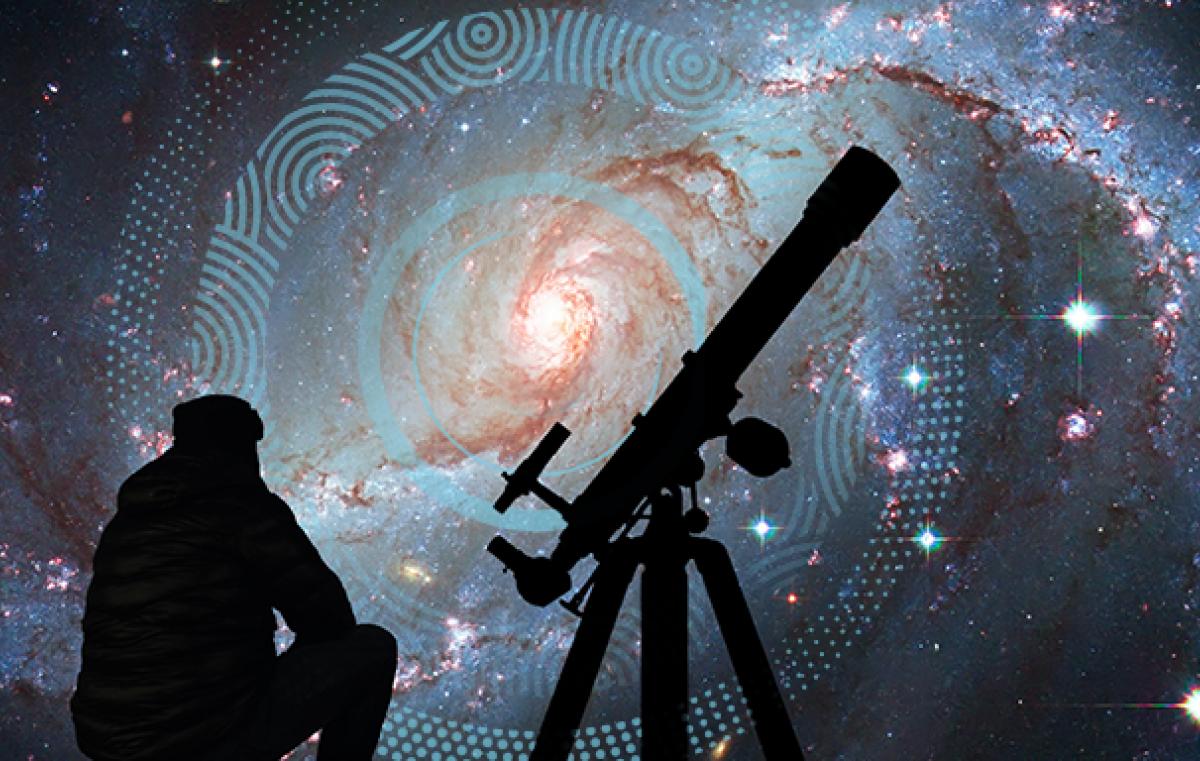International Asteroid Day
International Asteroid Day is observed on June 30, on the day a large asteroid hit the forests of eastern Siberia. Dr. Ofek Birnholtz, of BIU’s Department of Physics, writes about celestial bodies that can harm the Earth

On the morning of June 30, 1908, an asteroid hit the banks of the Tunguska River in the forests of eastern Siberia. The blast released 1,000 times more energy than the atom bomb that destroyed Hiroshima, flattening trees within a 25-kilometer radius.
Fortunately, the human casualties were few, as the area was uninhabited. International Asteroid Day marks the anniversary of that huge impact event. Dr. Ofek Birnholtz, of Bar-Ilan’s Department of Physics, writes about celestial bodies that may be headed our way.
The Tunguska asteroid, which was some 100 meters in diameter, was the largest asteroid whose impact on Earth was recorded in real time. However, it is not, of course, the biggest asteroid to have ever hit our planet. The most famous one of all is probably an asteroid that was 100 times larger, which struck about 65 million years ago on the Yucatan Peninsula in the Gulf of Mexico, thus leading to the mass extinction of the dinosaurs and the end of the Cretaceous era. Another currently accepted theory is that the moon was formed following an impact on Earth by "Thea", a giant asteroid about the size of Mars, in the early days of the solar system some 4.5 billion years ago.
The solar system has a rich assortment of asteroids, ranging from small rocky shards to those about a kilometer in diameter. Fortunately impact events, especially of large asteroids, are very rare. Small astronomical bodies which burn as they enter the atmosphere are called “meteors” or “falling stars”. In the unusual cases when small pieces of them survive and reach the ground, they are called “meteorites”. Generally, such impacts are not dangerous (even if there’s no evidence of shooting stars being able to fulfill wishes).
The intrusion of a large asteroid can be dangerous, so scientists worldwide are engaged in observations and mapping of orbits of asteroids that may be headed toward Earth. Today, over 20,000 asteroids are known to be in orbits close to Earth, of which 9,000 are more than 100 meters in diameter, and some 1,000 are over a kilometer across. Tracking such bodies makes it possible to predict when one of them will get uncomfortably close to us. From time to time we hear on the news about an asteroid “on its way to hit us”, but for the most part, the orbital forecast shows that they will not even cross the moon’s orbit. Such surveillance was able to predict two impacts of asteroids with a diameter of 2-4 kilometers, in 2008 and in 2014. Today, we estimate that over 90% of the large asteroids near us have already been detected.
Asteroids have great potential for both astrophysics research and the study of the evolution of the solar system, as well as for mining minerals, especially heavy metals. Space research probes have already landed on asteroids near Earth, and one has even returned with soil samples. These minerals may fund future space programs and the spread of humans throughout the solar system.